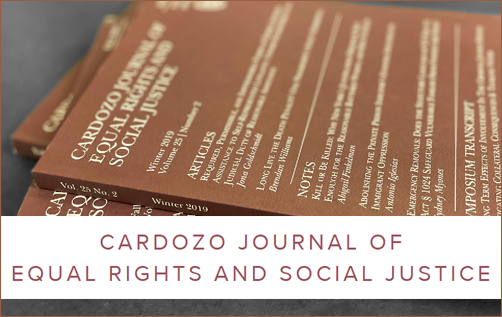Document Type
Article
Publication Date
11-21-2022
Graduation Year
2024
Abstract
Affirmative action was conceived amidst the civil rights movement of the 1960s as an attempt to create more opportunities for people who have been historically disadvantaged based on their race, religion, or sex. According to the Legal Information Institute, “[a]ffirmative action is defined as a set of procedures designed to; eliminate unlawful discrimination among applicants, remedy the results of such prior discrimination, and prevent such discrimination in the future.” In accordance with the policy for government employers, many universities and colleges began to adopt similar policies to combat the historical racial discrimination in higher education, having an effect of more than twice as many black students being admitted to elite universities in 1969 than the year before.[ Admitting a diverse student body requires educational institutions to consider race as a factor on their applications. For many, this raised concerns related to the equal protection act in the 14th amendment. The Supreme Court, however, “has repeatedly ruled in favor of universities' ability to consider the race of applicants, so long as it is one of many factors in an individualized admissions decision.”
This post was originally published on the Cardozo Journal of Equal Rights and Social Justice website on November 21, 2022. The original post can be accessed via the Archived Link button above.
Recommended Citation
Waldman, Jessica, "The Supreme Court Revisits Affirmative Action: The Potential for a Major Decline in Diversity" (2022). Cardozo Journal of Equal Rights and Social Justice Blog. 37.
https://larc.cardozo.yu.edu/ersj-blog/37


